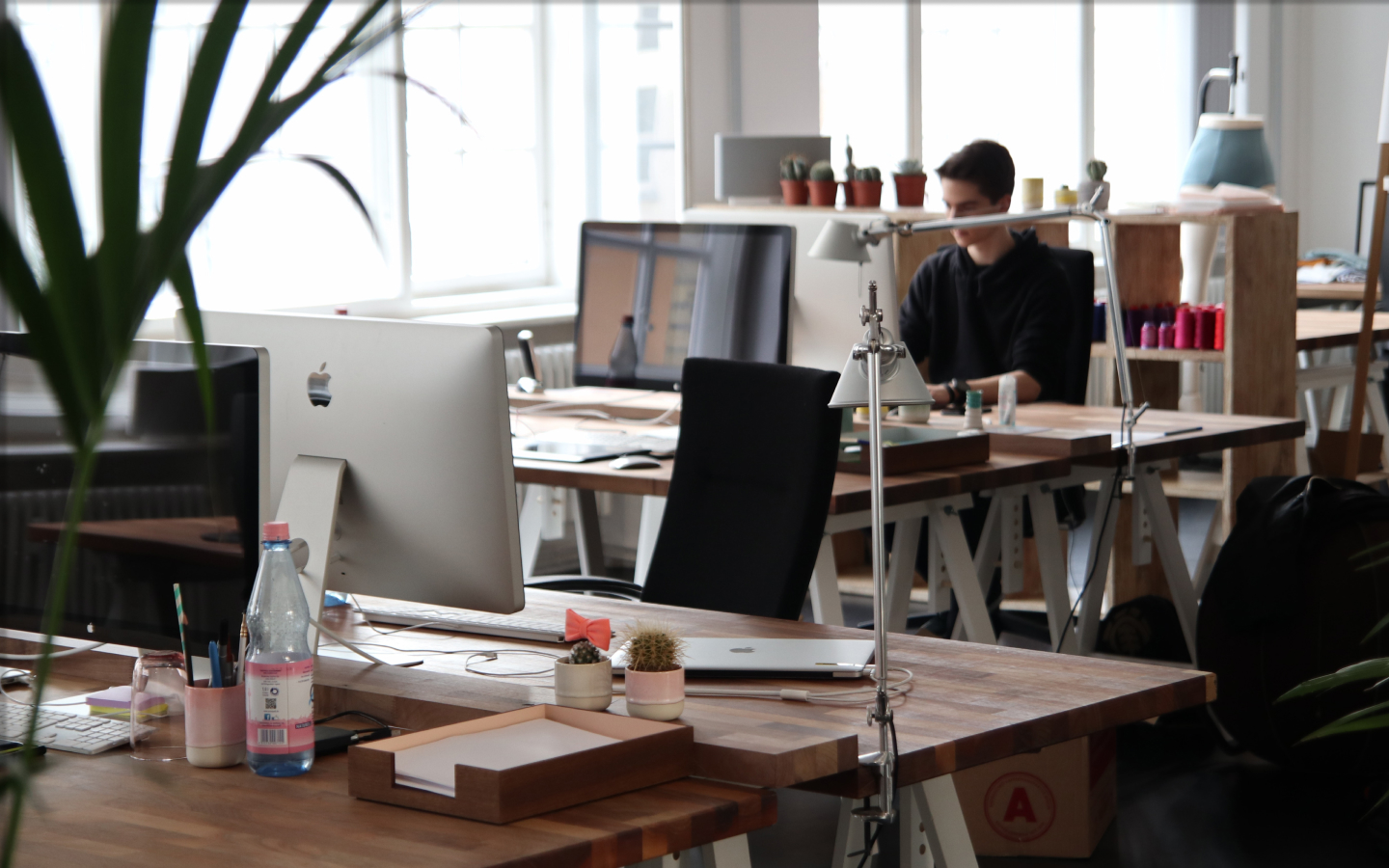THE COSTS OF 3D PRINTING – AN OVERVIEW OF KEY CONSIDERATIONS
The advent of Industry 4.0 has led more manufacturers to consider additive manufacturing as a complement to their processes. In order to participate in this new paradigm, you’ll need to understand the primary drivers of additive manufacturing costs. We will examine the four primary factors that affect production costs in additive manufacturing.
PRIMARY ADDITIVE MANUFACTURING COST DRIVERS
Additive manufacturing costs can be grouped into four categories: machine and tooling costs, labor costs, materials costs, and post-processing costs. The use of additive manufacturing can reduce production expenses in three of these critical areas compared to subtractive manufacturing and injection molding.
INVESTMENT IN MACHINERY AND TOOLING COSTS
The largest cost driver in additive manufacturing is the initial investment in production equipment. According to a study by the National Institute of Standards and Technology (NIST), initial machine costs account for 45 to 74% of the total cost of additive manufacturing. The initial investment in machines is the greatest driver of additive manufacturing costs as precision additive manufacturing equipment is quite expensive to purchase and install.
Although additive manufacturing equipment is expensive, tooling costs are about 30% less than those associated with injection molding. An additive manufacturing component’s tooling expenses account for about 5% of the total production cost. Due to the cost of tooling, traditionally manufactured products are more expensive than injection molded products. It is because layer-by-layer printing makes additive manufacturing equipment extremely adaptable to a broad range of products, as opposed to subtractive manufacturing, which requires tooling that is customized to each product.
How Much Does a 3D Printer Cost?
The cost of 3D printing is largely determined by this. This is the cost of purchasing the 3D printer.
Let’s look at the costs of some of the most popular printing technologies at various price points.
FDM 3D Printers
FDM printers are some of the most popular on the market due to their low cost. Budget offerings like the Ender 3 V2 start at $270. This relatively low price point makes it popular with amateurs, students, and even professionals to 3D printing.
Budget FDM printers produce good print quality for the price, but for more professional prints, you’ll be looking to upgrade to a more expensive desktop printer. The Prusa MK3S is one of these.
Priced at $1,000, it straddles the range between cost and performance offering a higher print volume and great, professional print quality at a decent price.
Large volume industrial grade FDM printers like the BigRep ONE V3 from Studio G2 are available, but the $63,000 price tag is sure to put it out of the range of most consumers.
It has a build volume of 1005 x 1005 x 1005mm, weighing about 460kg. This isn’t the usual 3D printer of course, compared to the standard build volume of 220 x 220 x 250mm.
SLA & DLP 3D Printers
Resin-based printers like the SLA and DLPare used by people who want slightly better print quality and speed than what the FDM printers offer.
Cheap SLA printers like the Anycubic Photon Zero or the Phrozen Sonic Mini 4K are available in the $150-$200 range. These printers are simple machines geared at beginners.
For professionals, benchtop units like the Peopoly Phenom are available for the whopping price of $2,000.
Another respectable SLA 3D printer is the Anycubic Photon Mono X, with a build volume of 192 x 112 x 245mm, at a price tag well under $1,000.
Printers like this are used for creating fine detailed large-sized prints that budget models cannot handle.
SLS 3D Printers
SLS printers are the most expensive on this list. They cost more than your average 3D printer with entry-level units like the Formlabs fuse going for $5,000. These expensive units might not even be able to keep up with the rigors of industrial printing.Large scale models like the Sintratec S2 are ideal for this with a price range of about $30,000.
LABOR COSTS
The amount of labor costs related to additive manufacturing is similar to that of traditional manufacturing methods. The main reason for this is that both methods are highly automated. In both traditional and additive manufacturing, labor costs can be reduced by simplifying parts. Essentially, this involves redesigning a product so that the total number of parts is reduced, thereby reducing production, assembly, and post-processing costs. NIST found that labor costs involved in additive manufacturing account for less than 10% of overall production costs.
MATERIALS COSTS
The materials used in additive manufacturing processes can be significantly more expensive than metal ingots or plastics for injection molding. On a per-weight basis, additive manufacturing materials are up to eight times more expensive than traditional materials. The cost of additive manufacturing depends on several factors, including the additive process and the materials used during production.
Additive manufacturing parts have lower complexity, require less production time, and consume significantly less raw materials (up to 90%) than traditional manufacturing methods. By contrast, raw materials account for only 18% to 30% of total production costs, on average. These costs are expected to decrease as more material options become available.
How do you calculate material cost for 3D printing?
In 3D printing, this is a major recurring cost. To a large extent, the quality of the printing material determines how well the 3D model will turn out. Let’s look at some of the most popular printing materials.
Cost of FDM Printing Materials
FDM printers use thermoplastic filaments. In printing, filaments are selected based on their strength, flexibility, and conditions. The price of these filaments is determined by the quality of the filament.
The most popular filaments are PLA, ABS, and PETG. They are used by most FDM hobbyists due to their low price (around $20-$25 per spool). There are several color options available. LA is one of the easiest filaments to print with, but they can have the disadvantage of being too brittle or weak for some applications. Parts can be strengthened through settings like infill density, number of perimeter walls, or even printing temperature. We can move onto stronger materials if this doesn’t provide enough strength. Special purpose filaments such as wood, glow in the dark, Amphora, flexible filaments (TPU, TCU), etc. are also available. These filaments are used for special projects that require these types of materials, so their prices are above the average range. We also have high-quality filaments like metal-infused, fiber, and PEEK filaments. These are expensive filaments that are used in situations where the quality and strength of the material is critical. Prices range from $30 to $400 per kilogram.
Cost of SLA Printing Materials
SLA printers use photopolymer resin as the printing material.Resin is a liquid polymer that Hardens when exposed to UV light. There are many types of resins, ranging from the standard entry-level resins to high-performance resins and even dentistry resins used by professionals. Some of the most popular resins on the market are Anycubic Eco Resin and Elegoo Water Washable Resin. The resins allow the material to cure quickly, allowing for faster printing. The buyer can also choose from a variety of colors. Prices range from $30 to $50 per liter. There are also resins for special applications such as dental 3D printing and ceramics. The resins can be used to print anything from dental crowns to metal-infused 3D parts. The cost of these resins can range from $100 to $400 per liter.
Cost of SLS Printing Materials
Powdered media is used by SLS printers. Standard printing powder for an SLS printer is PA12 nylon, which costs between $100 and $200 per kg.Powder costs can be as high as $700 per kg for metal SLS printers, depending on the type of metal.
POST-PROCESSING COSTS
Post-processing is required for any manufactured part. With metal parts, this usually involves polishing or washing. The surface of additively manufactured parts, especially those used in precision mechanical systems, must be finished to remove excess material. Depending on the exact process and the materials involved, NIST found that post-processing costs account for 4 to 13% of overall production costs. Regardless of the method you choose, post-processing expenditures for both traditional and additively manufactured parts are unavoidable and similar.
THE BUSINESS CASE FOR ADDITIVE MANUFACTURING
In spite of the cost drivers associated with additive manufacturing, there is one notable benefit: the time saved in producing prototypes and finished products. Even though the initial investment can be steep, the time you save boosts productivity and allows traditional manufacturers to enter profitable new markets. Designers can also focus on designing for functionality instead of manufacturing ability due to the flexibility of additive manufacturing processes.
The aerospace industry is another excellent application for additive manufacturing. More than 100 parts of the F-18 Hornet fighter jet, which has been in service for more than 20 years, are additively manufactured. According to aviation executives, additively manufactured parts on airplanes save millions of dollars in fuel costs every year due to their reduced weight. Northwest Airlines was able to save $440,000 on fuel costs for international flights by using additively manufactured parts in their aircraft.
Additive manufacturing has allowed manufacturers to produce increasingly complex products with less waste and less time.
As well, the costs of equipment have decreased. After adjusting for inflation, NIST found that the average price of additive manufacturing systems has decreased by 51% between 2001 and 2011. As technology advances, manufacturers in any industry should consider integrating additive manufacturing into their existing industrial processes.
Additive manufacturing in the electronics industry allows designers to create ever-more complex devices with exciting new form factors. With nanoparticle-conductive inks, 3D printing can be used to print multilayer electronics devices such as wireless sensors, wearable electronics, and Internet of Things applications. With advancing processing capabilities and systems, applications are only expected to expand.
How Layers.app works out the obstacles of a 3D Printing Service
Layers.app provides comprehensible business solutions particularly planned for 3D printer services, especially ones with small teams. The platform delivers a structure and framework to your business in an unpaired, turnkey solution.
Layers lets users automate the quoting process for fast prototyping. Layers quoter can be installed directly on your website. Clients can get instant quotes from the Additive Manufacturing quoter. Even analyzes model files to determine if they can be manufactured, letting the customer choose from an array of custom parameters.
Clients can create a personal profile on Layers.app which they can use via the Customer Portal to directly collaborate with you and your team on the platform. With the Portal, clients can access their projects, files, invoices, and send messages from their desktop, tablet, or phone. By putting all materials related to a project in one place, it makes it simple for clients to stay in touch with you, reducing bad communications and saving time and resources.
Your customer portal can be easily installed on your website. Your brand can even be reflected in the portal.
Customers can remain in touch with you. Everything from the project is recorded and saved. Your team will save a lot of time and effort by having all files and communications in one location instead of having to create their own solution.








